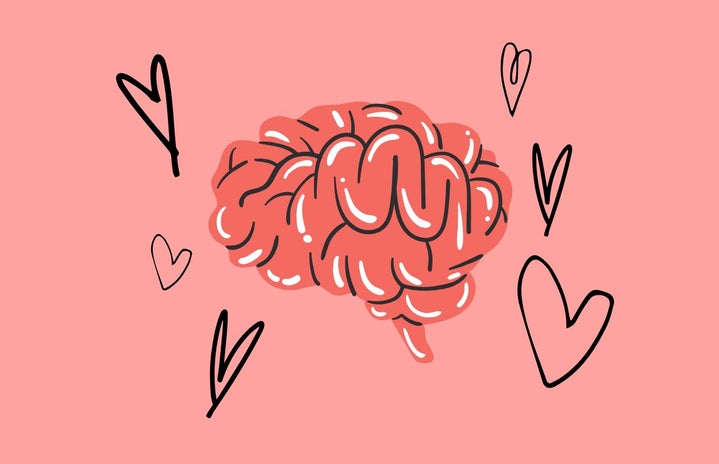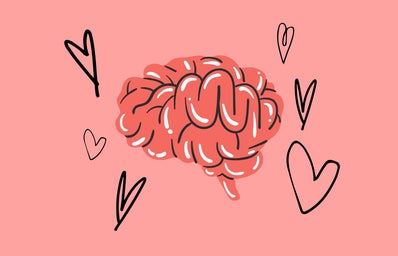In light of these crazy times where viruses are misunderstood, let’s take a break from COVID-19 and turn to diseases that are also misunderstood: STDs. Specifically, let’s talk about what it means to have HIV/AIDS, Herpes, Hepatitis B, Chlamydia, Gonorrhea, and Syphilis. The names are commonly used as the butt of a joke rather than discussed in a health class where they can be understood.
The first step to understanding STDs is to understand that they are diseases, just like COVID-19 or pneumonia, that is spread sexually. Getting ana STD does not decrease your value as a human being nor as a romantic partner. The best way to protect yourself against STDs is to practice safe sex and limit the number of sexual partners you have. Condoms are essential for preventing the spread of any kind of STD. If you have ana STD, there are ways to manage it so you can live normally.
There are two categories to STDs: bacterial and viral. Bacterial STDs like Chlamydia, Gonorrhea, and Syphilis can be cured. These are caused by bacteria and can be killed through the use of antibiotics. Viral STDs include HIV/Aids, Herpes, and Hepatitis B, and cannot be cured. Viruses are much harder to kill, but there are ways to reduce the symptoms through medication.
How do you know when you’ve gotten a bacterial STD?
If you feel a burning pain while urinating, strange discharge, swelling or itchiness in your groin area, then you should definitely go to a doctor and get it checked out. Gonorrhea, Chlamydia, and Syphilis have overlapping symptoms, which is why it’s important to get it checked by a professional. Syphilis can also have symptoms that include a rash or sore in your groin area. The craziest part about these STDs is that they may not have symptoms at all! Just like coronavirus, you can be a carrier without even knowing. That’s why it’s so important to practice safe sex. You can never be too safe!
How do you know if you’ve gotten a viral STD?
These can be a little more complicated, so let’s look at each one individually. HIV is the virus that leads to the development of AIDS, and so if the HIV infection is caught early on it is possible to erase symptoms entirely and reduce the development of AIDS. The first stage of HIV is hard to pinpoint, as the symptoms are mild and occur within 2-6 weeks of the initial infection, but this is the most crucial point. The symptoms are headaches, fever, fatigue, muscle aches, sore throat, swollen lymph nodes, and a rash. At this stage, the virus is most contagious, but also at the point where medication will be able to boost your immune system and reduce symptoms entirely. After this stage, the virus begins to kill your immune system and lead to the advanced stage known as AIDS. AIDS is treatable through medication, but it cannot be cured. It will lead to a lifestyle change, but you will be able to live a long life.
Herpes
Herpes comes in two forms, HSV-1 and HSV-2. HSV-1 causes the notorious cold sores on the lips and genitals, and can also cause burning, itching, or pain in the area. HSV-2 causes flu-like symptoms, such as fever and fatigue, on top of these cold sores. The virus then lives in your body, causing cold sores to pop up every now and then. The initial herpes infection is the worst, but the number of infections you’ll have reduces over time. There are plenty of medications that can reduce the virus entirely so that the symptoms are barely noticeable. Depending on your immune system, you may be able to live with herpes without having any symptoms at all. It is found in 1 in 6 people, due to the fact that it spreads through skin-to-skin contact and has virtually no effect other than a painful cold sore every now and then. Of the STDs on this list, herpes is one of the only ones that can be transmitted nonsexually.
Hepatitis B
Hepatitis B is a potentially life-threatening liver infection that can, thankfully, be protected against by a vaccine. It is spread through bodily fluids such as saliva or blood, and can even be passed from mother to child during birth. The younger a child is when they are exposed to it, the more likely it is for them to develop a chronic infection. Once the virus is transmitted, there is no cure. Thankfully, you have most likely received the vaccine for this disease as it is given at birth or before you reached 18.
The main thing to remember with STDs is that they are a disease! If you or a partner has an STD, it doesn’t mean either of you are dirty or unworthy of romantic relations. In most cases, it simply means extra precautions will have to be taken. Most of them allow you to continue to live normal lives through proper care. The best way to reduce the stigma is to be open and understanding of everyone’s situation.

